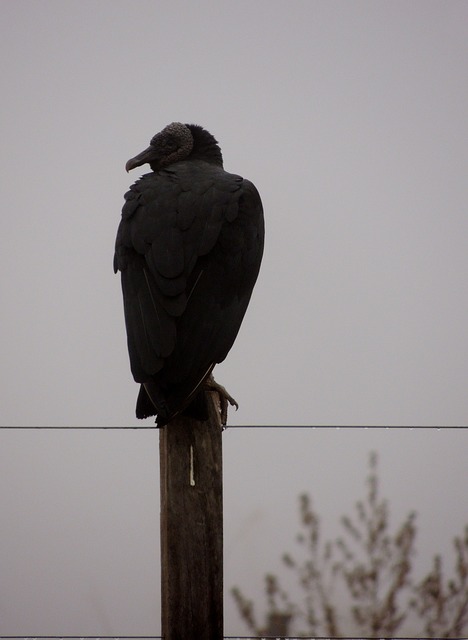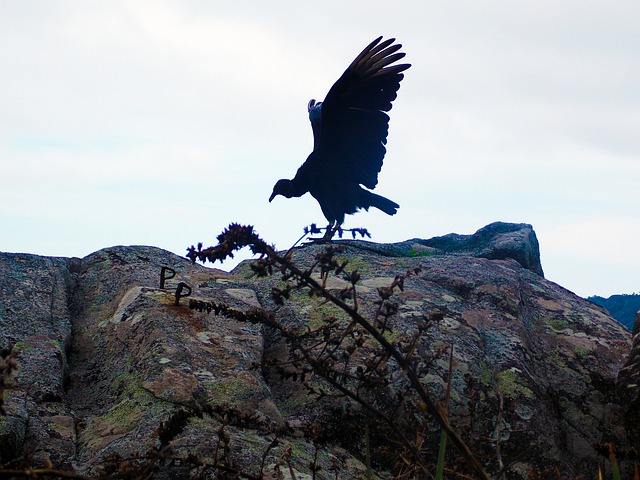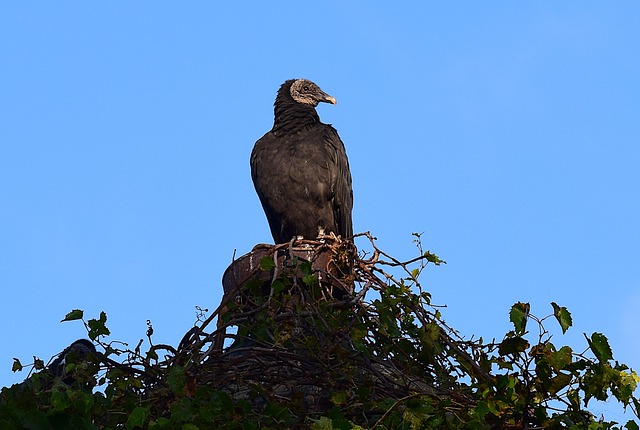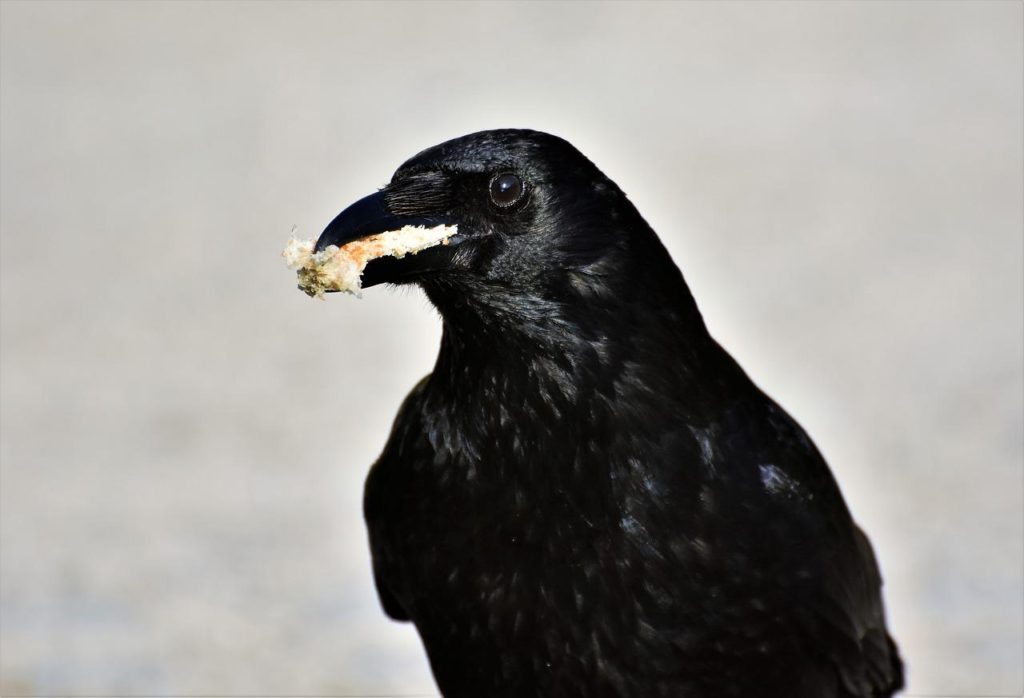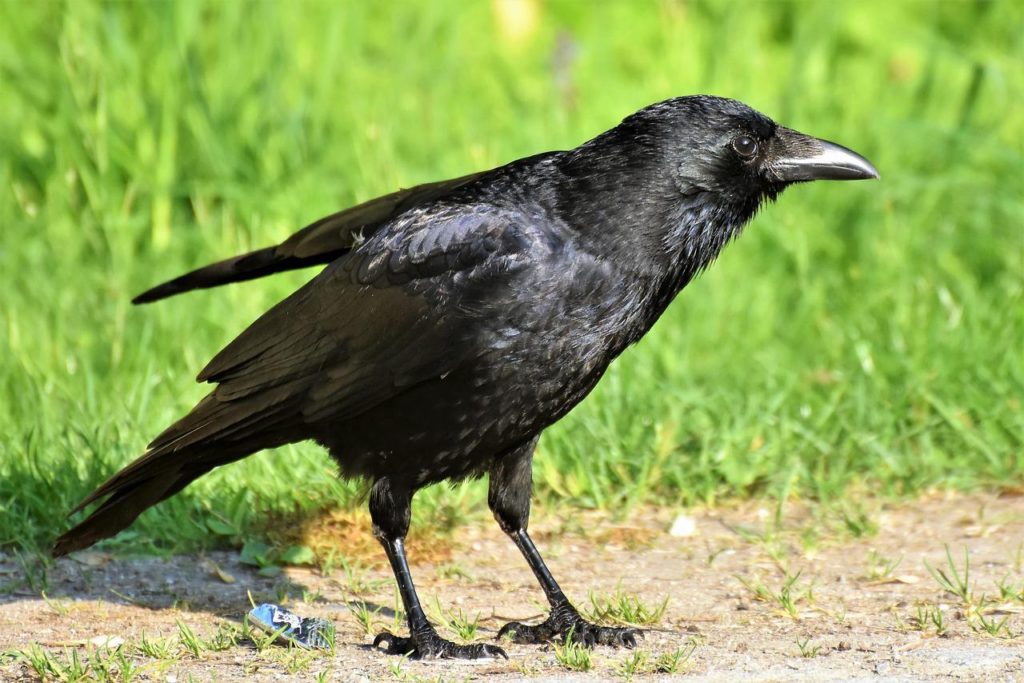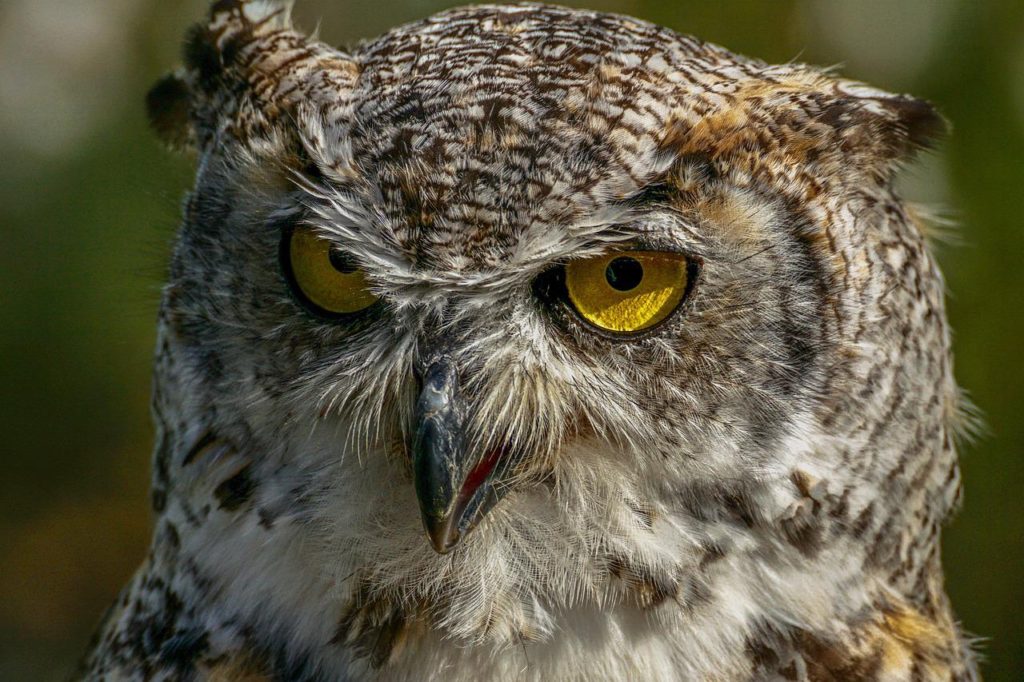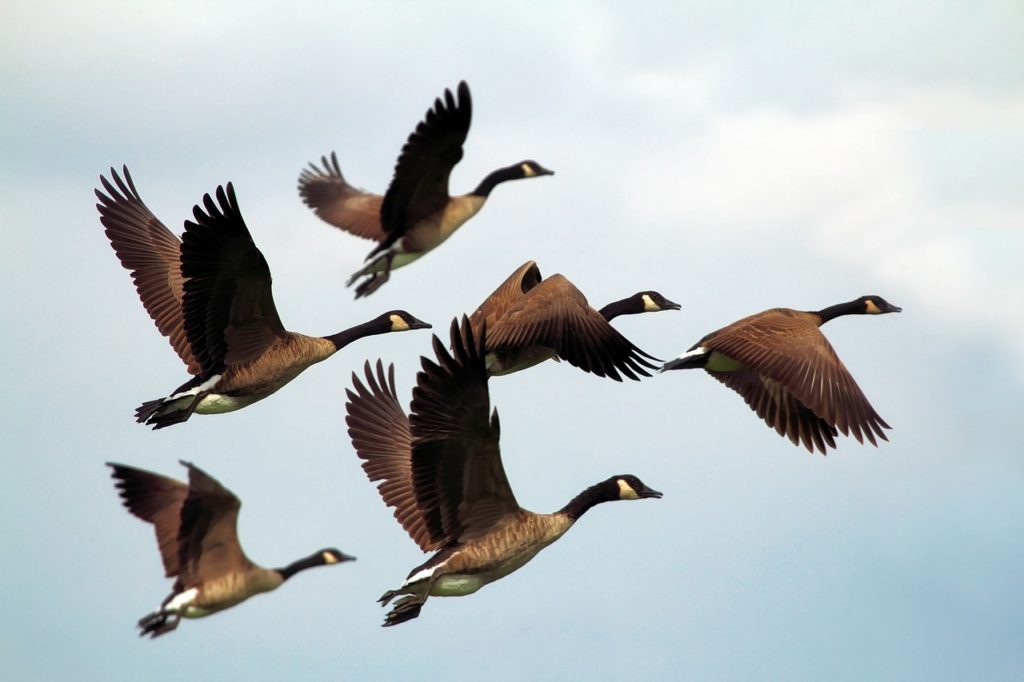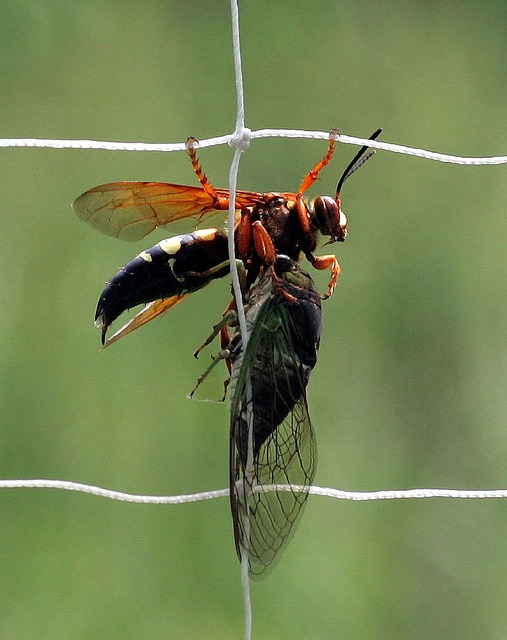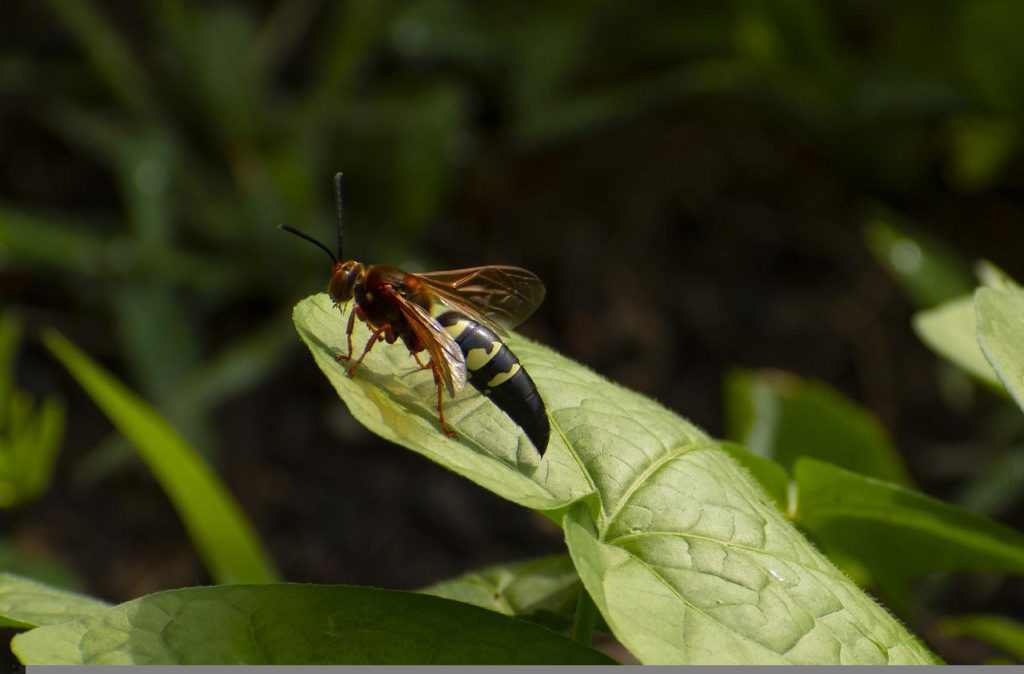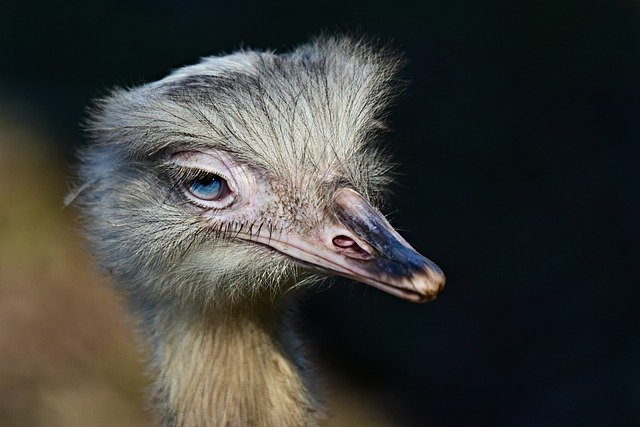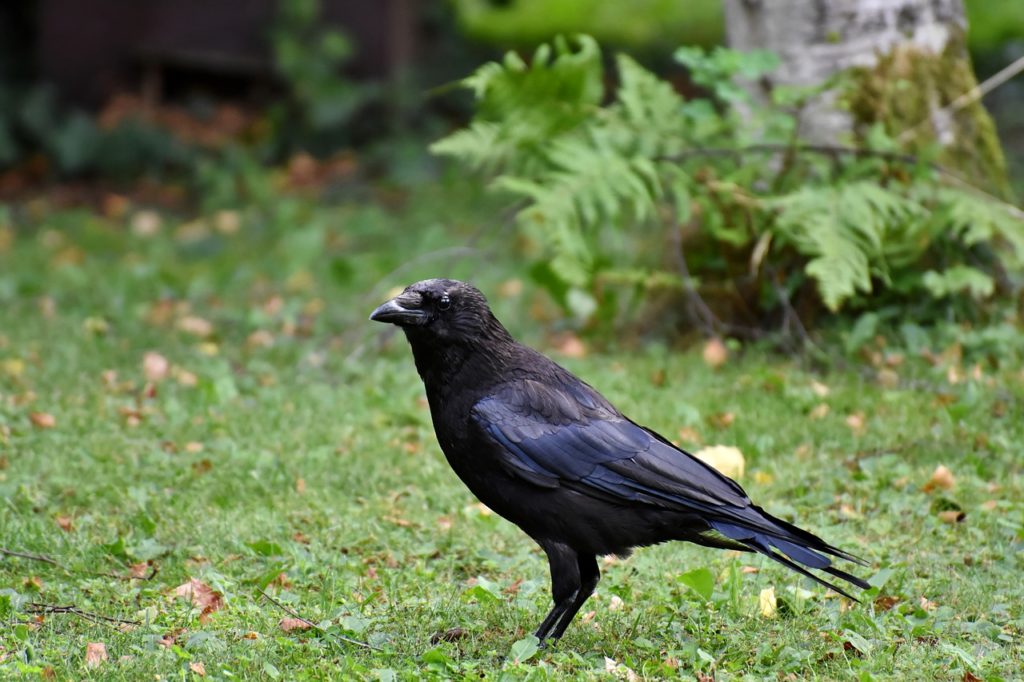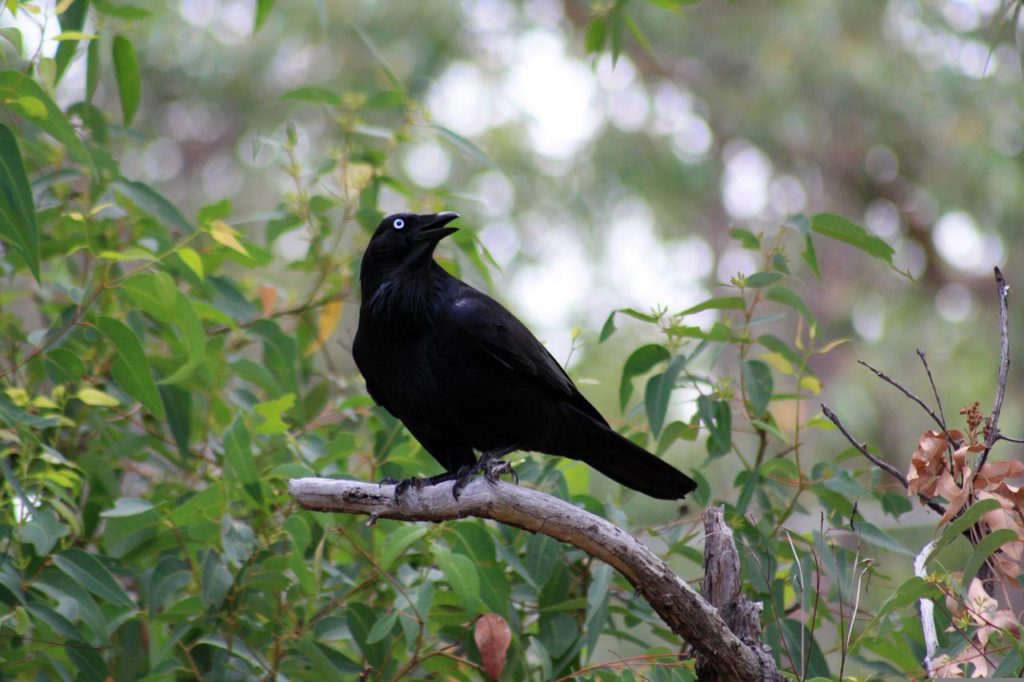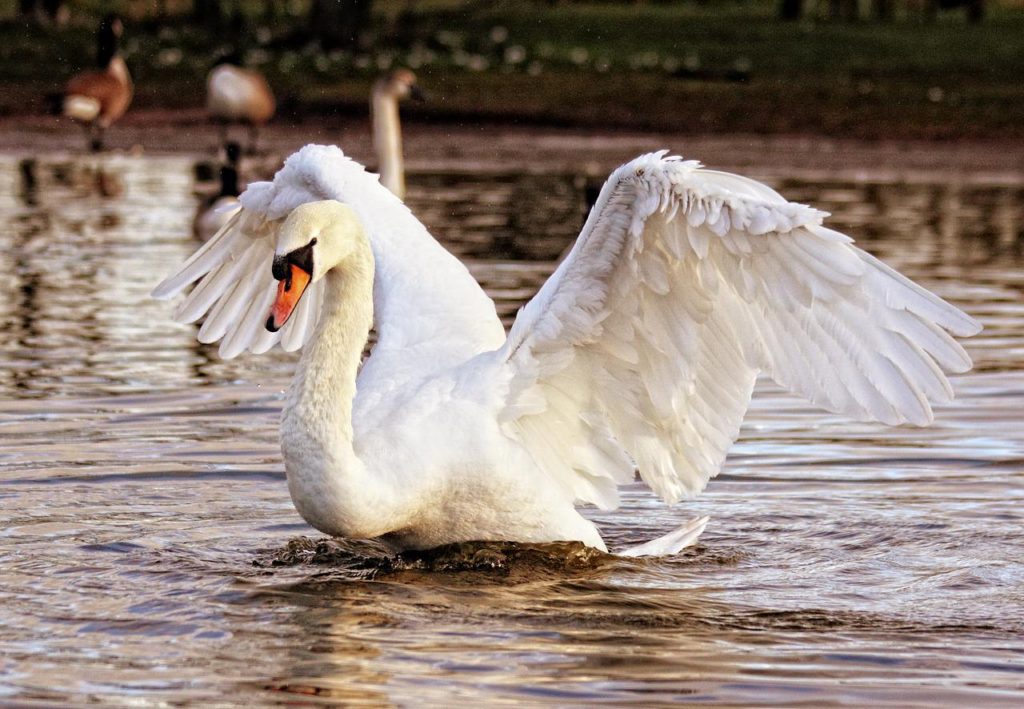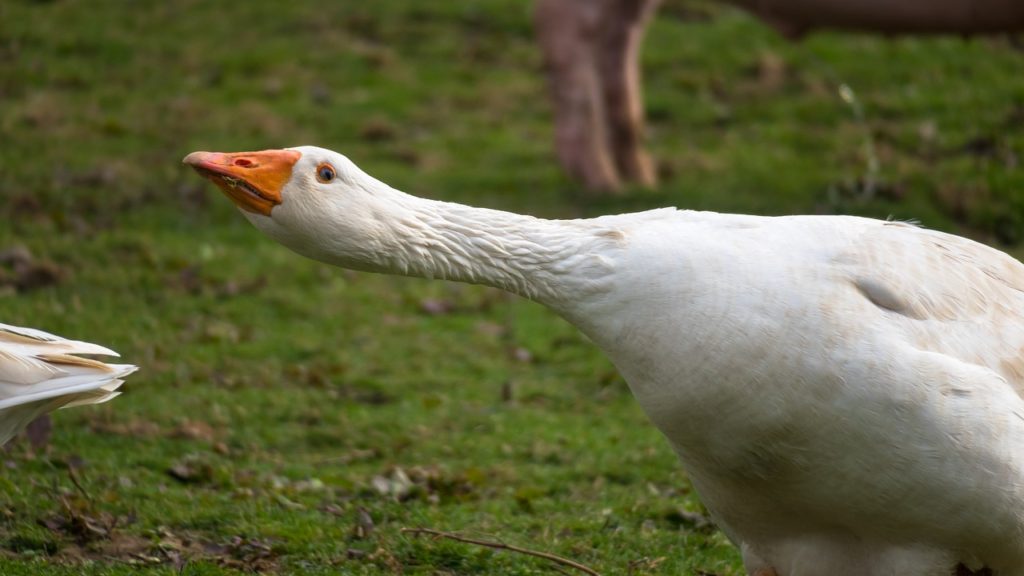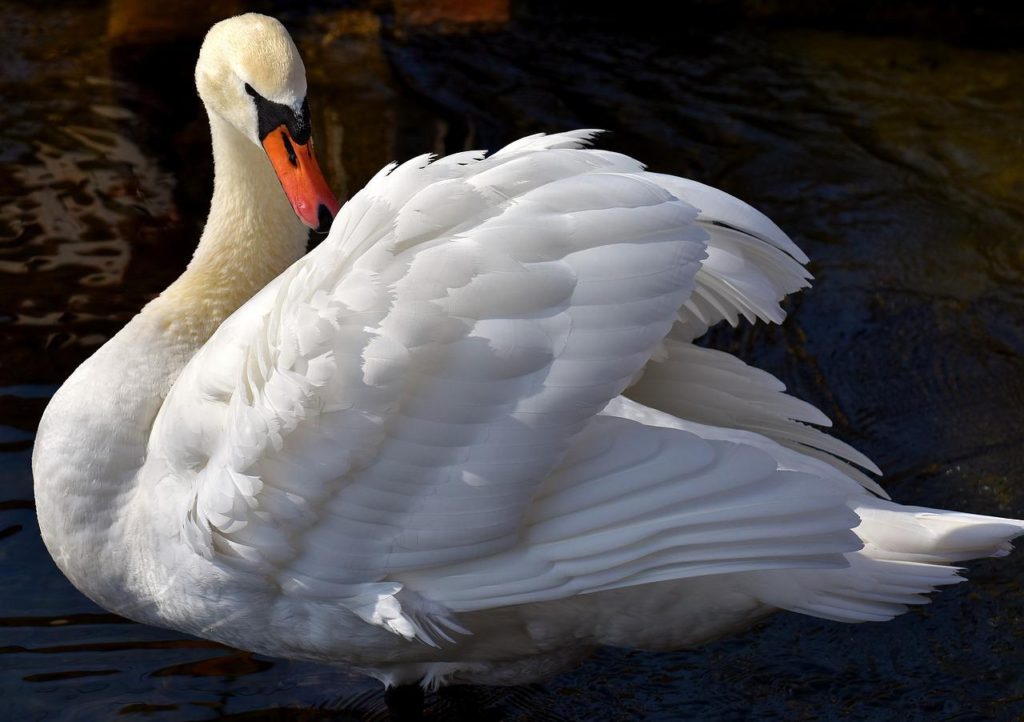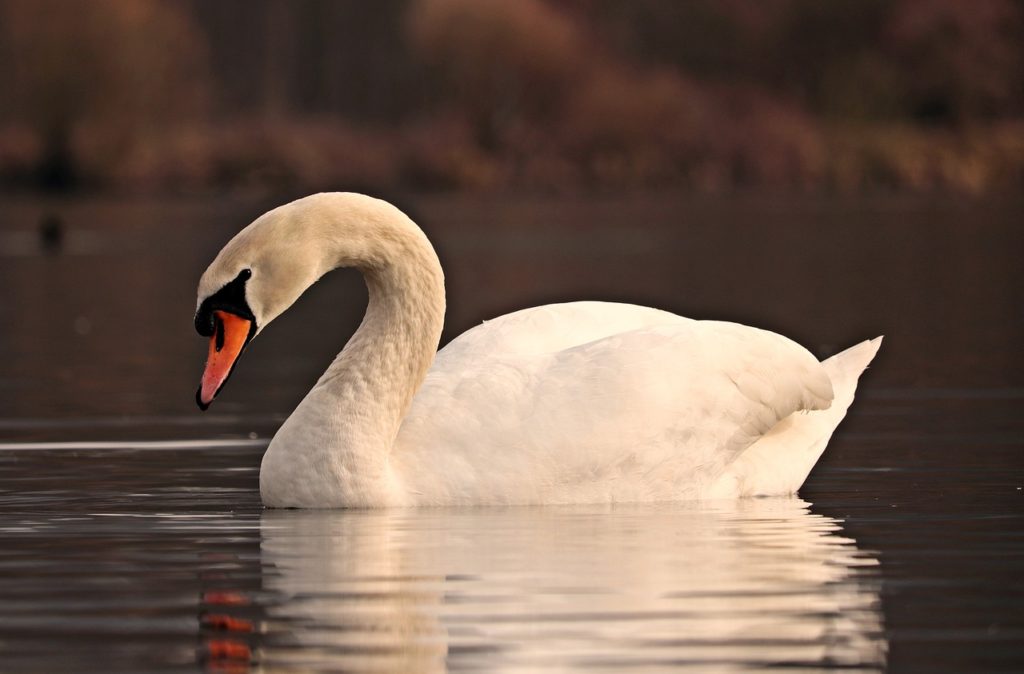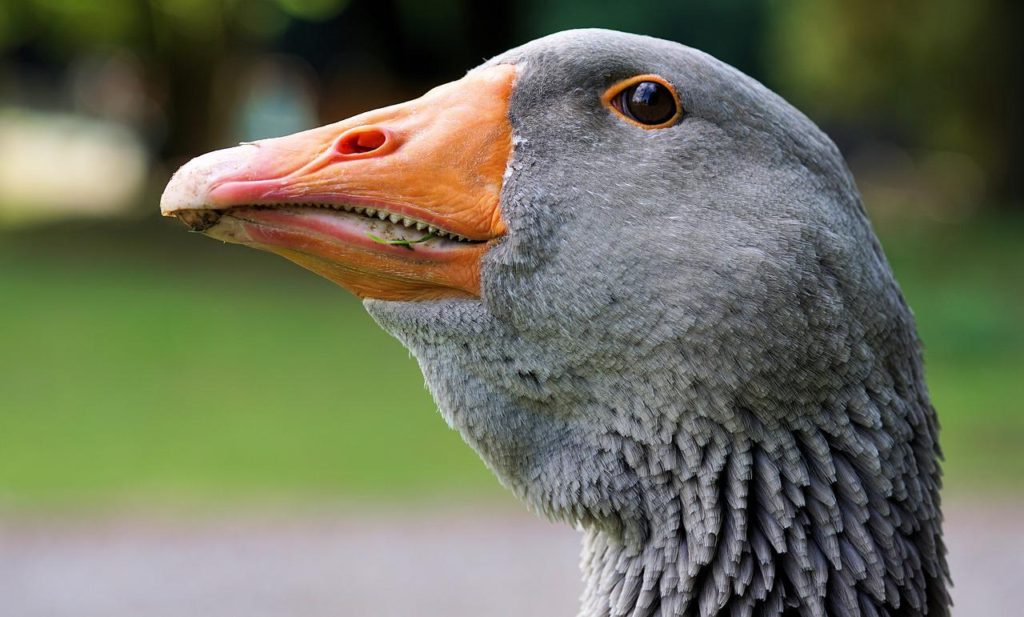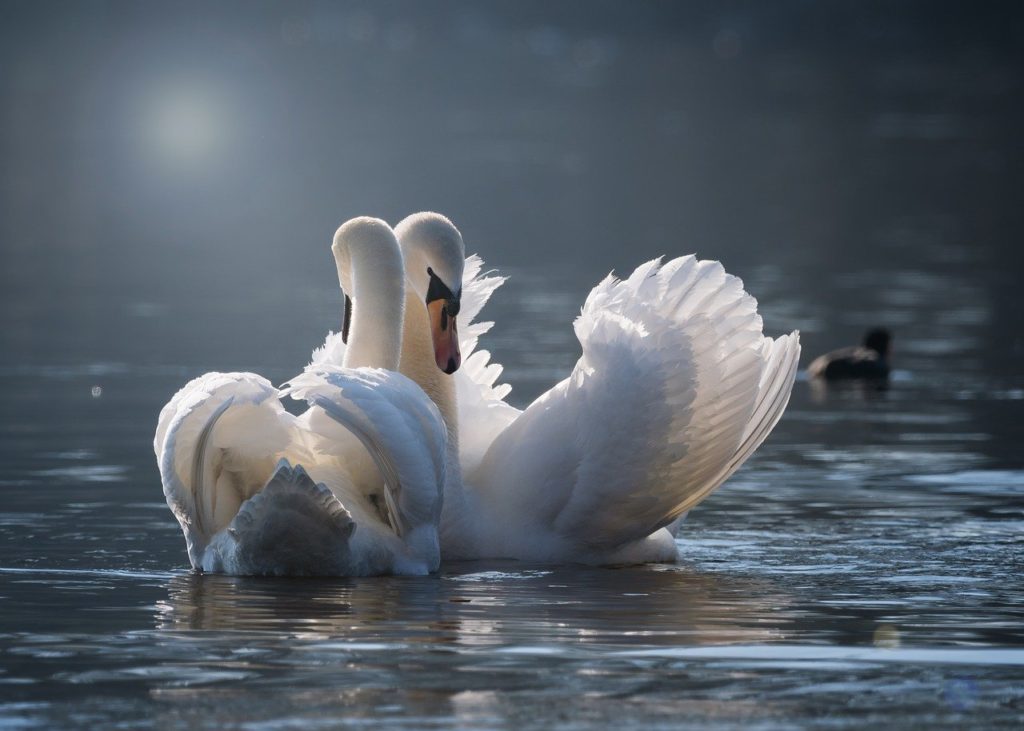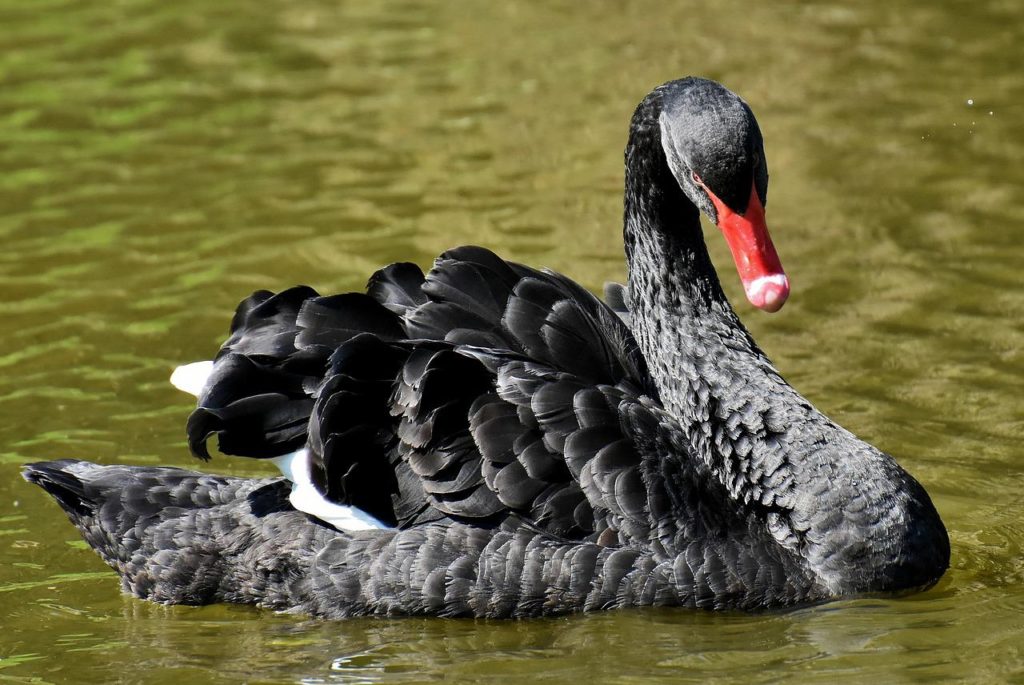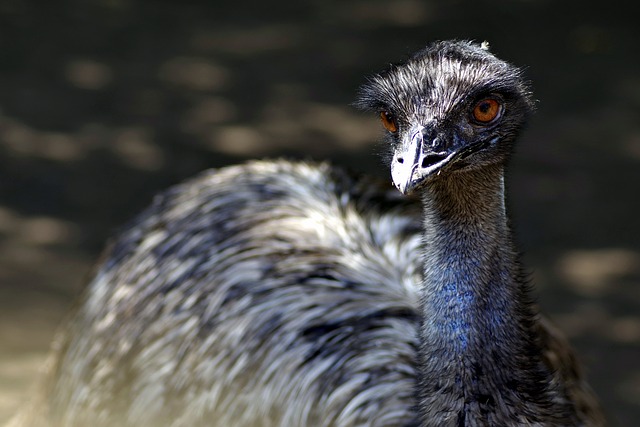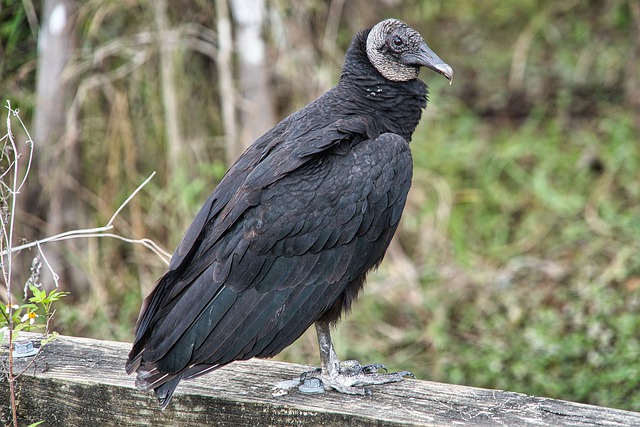
The black vulture is a large bird of prey. It ranges from the Mid-Atlantic States in the U.S. all the way down through Central and most of South America. This widespread species has many interesting things about it. So here are the top black vulture facts.
The Black Vulture Is A Scavenger That Sometimes Kills
Black vultures mainly eat carrion. However, they aren’t always scavengers. Sometimes they will kill and eat small animals such as birds, reptiles, and fish. They will also kill and eat defenseless newborn calves. Black vultures killing calves is one reason that they are considered to be a pest bird species by many farmers.
The Black Vulture Uses Its Vision To Find Food
As it soars in the air high above, this species uses its eyesight to scan the ground for carcasses to feed on. Unlike its close relative the turkey vulture which typically finds its meal using its sense of smell, the black vulture does not have a great sense of smell.
The Black Vulture Doesn’t Have A Voice Box
This species lacks a syrinx which is the vocal organ of birds. However, that doesn’t mean that they are silent birds. In fact, they can be quite loud when feeding. That being said unlike most other birds, black vulture sounds usually only consist of grunts and hisses.
The Black Vulture Uses Vomit For Self-Defense
Because of their large size adult, black vultures have few natural predators. Yet when threatened it will regurgitate partially digest food on its attacker. The acidic and foul-smelling vomit is often aimed at the face or eyes of the threat. Considering its diet this is one of the black vulture facts that you don’t want to learn firsthand.
Black Vultures Mate For Life
This species is monogamous. After completing a courtship ritual either while flying in the air or perched, black vultures will form a pair. And they will stay together and mate for life.
They Follow Turkey Vultures To Find Food
One of the most interesting facts about black vultures is that will follow turkey vultures in order to find food that they may not have been able to spot with their eyes. Turkey vultures can find rotting meat simply by using their sense of smell.
And black vultures will take advantage of this by following them to a carcass. Once they are on the ground the more aggressive black vultures will drive the turkey vultures away so they can enjoy their free meal.
There Are Three Subspecies
While it is commonly known as the American black vulture or simply the black vulture there are actually three distinct sub-species of this bird. These include the North American black vulture, Andean black vulture, and South American black vulture. The North American black vulture is typically the largest of the three.
Black Vultures Quickly Gobble Down Their Food
Black vultures feed in large groups. And when they do there’s a lot of competition and fighting. Because of this, these birds will gobble their food down as quickly so they can get as many mouthfuls as possible before it’s all gone. Interestingly individual birds will even do this when they are alone in captivity and there is no competition from other vultures.
Black Vultures Go To The Bathroom On Their Legs
To help keep cool, black vultures practice what’s called urohydrosis. In other words, they defecate on their own legs. As the liquid in their waste evaporates off of their legs it helps to lower their body heat. Storks and other new world vultures such as turkey vultures do this too.
It’s A Protected Species
One of the black vultures facts most people don’t know is that in much of its range, it’s a protected species. In the United States, the black vulture is protected under the Migratory Bird Treaty Act of 1918. In Canada (although a very rare visitor) it is protected by the Convention for the Protection of Migratory Birds species and in Mexico by the Convention for the Protection of Migratory Birds and Game Mammals.
Start Shopping for Birding Supplies!
What Do Crows Eat?
With roughly 40 different species, crows are a common sight in most places around the world. And while most of us are familiar with their appearance and harsh vocalizations, their diet is not as obvious. So what do crows eat? Here's what you'll want to know. What Do...
Are Crows Good Pets?
People all around the world see and hear crows on a daily basis. Although these intelligent and dark birds are practically ubiquitous, most people don't think of them as being household pets. Are crows good pets? The general consensus is that crows do not make...
Birds That Look Like Owls
Owls are typically solitary and mainly nocturnal birds. And although these well-known hooting creatures have a rather distinctive physical appearance, there are actually various other kinds of birds that resemble owls closely. And people sometimes mix them up. So...
Do Geese Fly?
Although geese are clearly birds, there are many individuals who do not necessarily associate them with flying. So, do geese fly? The honest answer is that these waterfowl do. They do not exactly slouch in the flying department, either. Many people are pleasantly...
When Do Cicada Killers Come Out?
Whether you dread them each year or are waiting for them to emerge and control the cicada population you may be wondering, “When do cicada killers come out? The answer is they come out each summer in late June or July. Here’s what you’ll want to know. Cicada Killer...
What Do Cicada Killers Eat When There Are No Cicadas?
What do cicada killers eat when there are no cicadas? Well, while cicada killer wasps do hunt cicadas, the adults don’t actually eat them or kill them, their young do. Read on to learn more! The Cicada Killer Diet While you may have seen cicada killer wasps flying...
Rhea Facts
Doting dads, did you know the male rhea builds the nest, incubates the eggs, and takes care of the young? The rheas are paragons of parental care. It’s a bird like no other, and you will be surprised by the following rhea facts. Rheas Are One Of The Best Dads In The...
What Are Crows Good For?
Crows are widely considered to be pests. However, these large and highly intelligent black birds actually serve quite a few important functions in the environment. So what are crows good for? Here's what you'll want to know. Pest And Parasite Management Crows are...
Are There Crows In Australia?
Crows are remarkably smart birds that also happen to be extremely adaptable. They navigate unfamiliar circumstances via observation and interaction. Crows reside in locations all over the globe. While they do not live in certain parts of South America, they do reside...
Why Are Swans Protected?
Swans are graceful and gorgeous creatures. They also happen to have protection in the United Kingdom, interestingly enough. Why are swans protected there, anyway? And does the Queen own all the swans? Yes, she actually owns any mute swans that are unclaimed in both...
Are Geese Dangerous?
Geese, in brief, are waterbirds that are quite substantial in size. Since they're often spotted on golf courses, at schools, and in community parks, people understandably tend to wonder whether they're safety threats. Are geese dangerous? Why Geese Attack...
Are Cicada Killers Dangerous?
One look at one of these huge wasps buzzing around, your yard, and it’s only natural to ask, “Are cicada killers dangerous?” Fortunately, these wasps are mild-mannered. But here’s what you’ll want to know. Cicada Killer Wasps Basics Cicada killers emerge from the...
Do Cicada Killer Wasps Sting?
As one of the biggest species of wasp in North America the cicada killer wasp can be intimidating. And because of their size, appearance, and scary-sounding name, many people wonder, “Do cicada killer wasps sting? The answer is yes and no, and here’s what you’ll want...
Alligator Snapping Turtle Facts
How Long Do Swans Live?
Swans are graceful and beautiful creatures and as such, people have many questions about them. They want to know about their mating rituals, their diet, their preferred habitats, and even their lifespans. How long do swans live for anyway? Swan lifespans actually vary...
What Do Swans Eat?
Swans are famously long-necked birds that are symbols of romance, love, beauty, and purity. Since these waterbirds have so many admirers, people often wonder about their eating habits, behaviors, and more. What do swans eat, anyway? Swan Basics Swans typically live in...
Birds With Teeth
Birds do not have teeth. However, there are quite a few that really look like they do! These birds have evolved special beaks which help them to perform important functions. So here are some of the most amazing birds with “teeth,” and what you’ll want to know about...
Do Swans Mate For Life?
Swans are famously elegant waterbirds that are known for their sizable bodies, webbed feet, and lengthy necks. People often associate them with romantic imagery and monogamy. Do swans mate for life? You can find the response to that common and rather fascinating...
What Are Black Swans?
What are black swans? Black swans (Cygnus atratus) are sizable waterbirds. This species primarily appears in Australia's southwestern and southeastern portions. The black swan is nomadic in its homeland. This bird, true to its name, is mostly black. Although the bird...
Emu Facts
Did you know? One emu egg can make an omelet that can feed up to six adults. Did you know that the emu is the only bird with calf muscles? Can an emu walk backward? Let us find out by exploring some of the most jaw-dropping emu facts. Emus Have Amazingly Powerful Legs...
